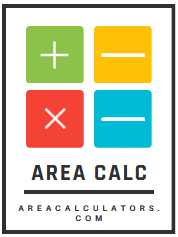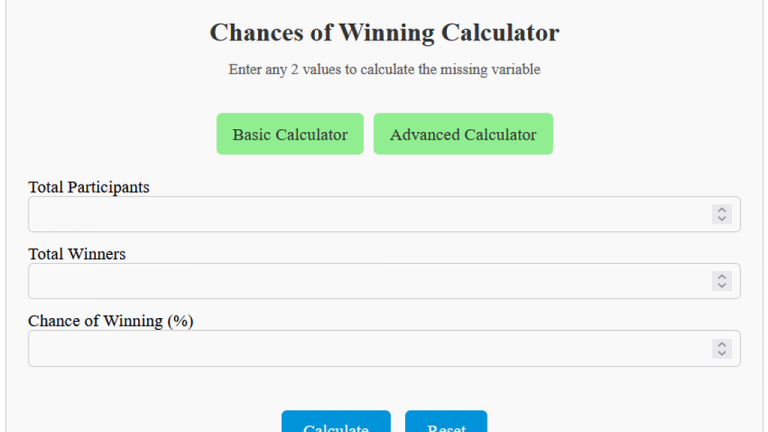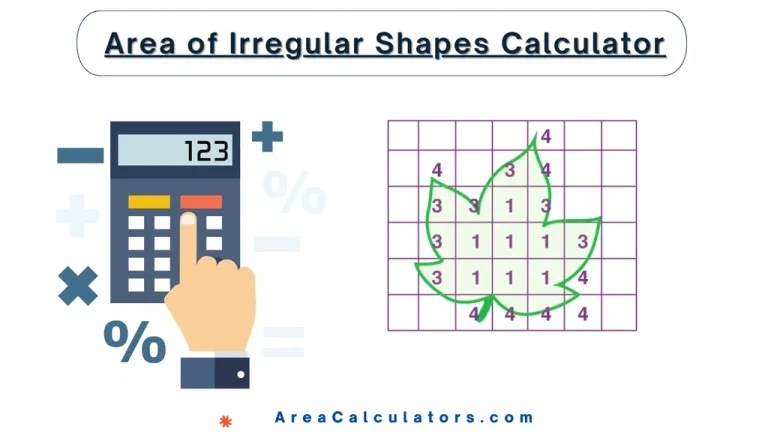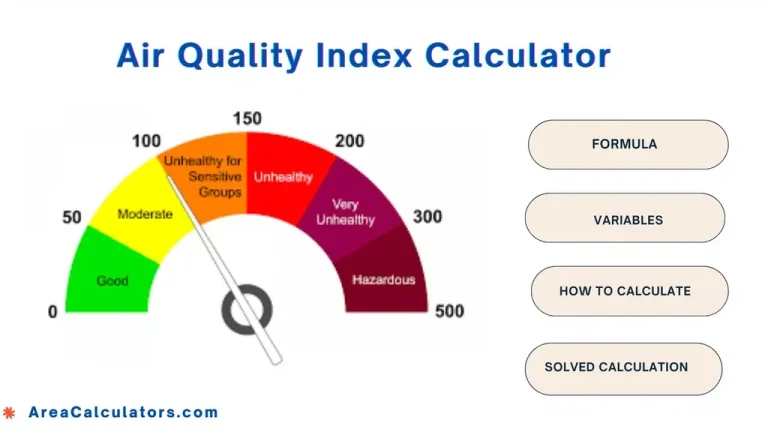Relative Abundance Calculator
To calculate relative abundance, divide the total count of a specific entity by the total population, then multiply by 100 to get a percentage.
The Relative Abundance Calculator empowers you to calculate the proportion of a particular entity, such as an isotope or species, within a larger population. This calculation is widely applied in chemistry and ecology for understanding the composition of substances or the diversity of species.
By using the count of a specific entity and the overall population count, this calculator provides a expeditious way to assess relative abundance, crucial for research and data analysis.
Formula
RA = (TS / TP) ∗ 100
| Variable | Description |
|---|---|
| RA | Relative Abundance (percentage) |
| TS | Total of Specific Entity |
| TP | Total Population |
Solved Calculations
Example 1:
| Step | Calculation |
|---|---|
| Total of Specific Entity (TS) | 150 |
| Total Population (TP) | 500 |
| Relative Abundance Calculation | |
| Result | 30% |
Answer: For a total of 150 specific entities out of a population of 500, the relative abundance is 30%.
Example 2:
| Step | Calculation |
|---|---|
| Total of Specific Entity (TS) | 80 |
| Total Population (TP) | 400 |
| Relative Abundance Calculation | |
| Result | 20% |
Answer: For a total of 80 specific entities out of a population of 400, the relative abundance is 20%.
What is a Relative Abundance Calculator?
The Relative Abundance Calculator is a diligently designed tool. It can easily determine the proportion of specific elements, isotopes, or species within a sample or ecosystem. In fields like chemistry and ecology, to have a fair understanding of relative abundance is essential for assessing the distribution of elements or species.
For example, it helps calculate the presence of different isotopes in an element, or the diversity of organisms within an environment.
To use this calculator, enter the measured quantities of each component in your sample. The tool calculates the relative abundance as a percentage, indicating the proportion of each component relative to the total.
This calculation is valuable for analyzing isotope composition, species distribution, and other scientific data requiring abundance estimation.
Final Words:
Simply to state, the Relative Abundance Calculator simplifies complex data analysis, making it particularly helpful for professionals and students in scientific fields who need accurate and quick assessments of component proportions within a sample.



